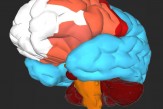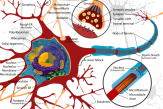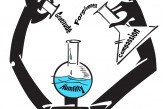PhET Sims + Science Literacy
f a picture is worth a thousand words, then what is a simulation worth? We reckon a one minute simulation is worth approximately 1,200,000 words. (20 frames per second x 60 seconds x 1000 words per frame.) This site contains dozens of interactive simulations from all the sciences, developed by the well known PhET team at the University of Colorado, Boulder.
(Originally Physics Educational Technology, the team has kept the acronym although there are now plenty of biological, chemical and neuroscience simulations as well.)
Each simulation has adjustable parameters, as well as measures which can be applied to analyze the dynamics of the model. Each run is a separate experiment which can be saved and played back.
What distinguishes this site from many other fine sims sites is that each of these is free, downloadable and can even be embedded on your own site. Plus free source code for developers. Their work has been translated into over two dozen languages. I played with six of the sims, and found them very easy to use.
Although I counted 120 simulations on the site, good sims always make me hungry for more.
This site should be added to your library of sims sites. Check it when you need an interactive, dynamic visualization of a basic science concept, especially if you want to place it in your own blog or site.
Resonance Sim
About the Blog: Cool Runnings
Consciousness science is highly interdisciplinary, and COOL RUNNINGS will reflect this, featuring sites from all over the pedagogical map. — Dr. Henri Montandon
























